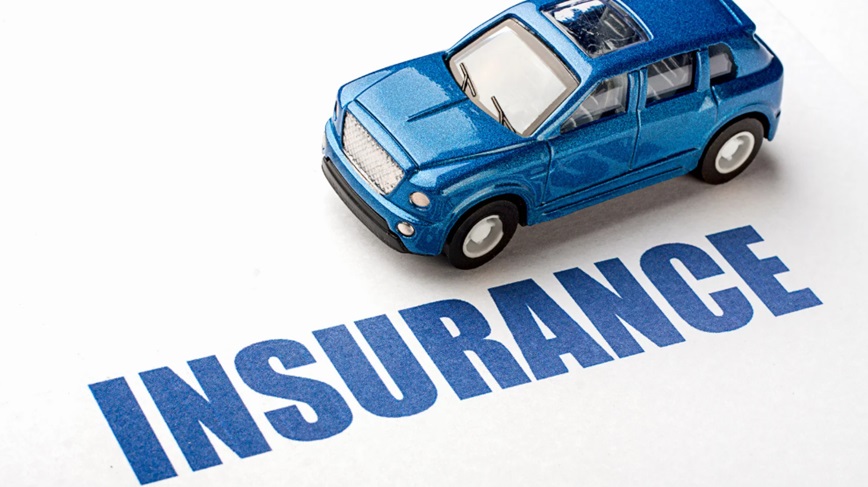
Top 5 Myths About Personal Auto Insurance Debunked
When it comes to protecting your vehicle, few tools are as essential—or misunderstood—as personal auto insurance. With countless misconceptions circulating about what’s covered, what’s not, and how policies work, many drivers end up either underinsured or overpaying. By separating fact from fiction, this article aims to bring clarity to the most common misunderstandings surrounding personal auto insurance in Atlanta, GA, and how to use it effectively. Let’s break down the top five myths—and the truths behind them.
Myth 1: Your Policy Covers Business Use
Reality: Using your personal vehicle for business purposes, such as ride-sharing or delivery, could void your personal auto insurance. Standard policies are not designed for commercial risk. If you’re driving for work (beyond commuting), you need commercial coverage. That’s why understanding the differences between commercial auto insurance and personal auto insurance is critical. Misclassifying vehicle use can lead to denied claims and policy cancellation. Always disclose your driving purpose to your insurer to avoid costly mistakes.
Myth 2: Auto Insurance Covers Everything
Reality: Personal auto insurance is not a blanket solution. While comprehensive and collision coverage protects against a range of incidents, they don’t cover every type of damage or situation. For instance, general wear and tear, mechanical breakdowns, and aftermarket parts may not be included. This leads to a common question: Does auto insurance cover dents and scratches? The answer depends on the cause. If the damage resulted from an accident or vandalism and you carry comprehensive or collision coverage, yes—it’s likely covered. But if it’s a parking lot ding without a known culprit or general cosmetic wear, coverage is less certain, and deductibles may outweigh the payout.
Myth 3: Minimum Coverage is Enough
Reality: Many states have a legal minimum requirement for auto insurance, but meeting the bare minimum doesn’t mean you’re truly protected. Liability-only policies may not cover your own vehicle damage, medical costs, or non-collision-related incidents. If your vehicle is financed or leased, your lender likely requires comprehensive and collision coverage. More importantly, if you’re at fault in a serious accident, minimum coverage may fall short of actual damages, leaving you responsible for the rest. Properly evaluating your risks ensures your policy actually protects your finances.
Myth 4: Red Cars Cost More to Insure
Reality: The color of your car has no impact on insurance premiums. Insurers base rates on a range of factors—vehicle make and model, age, safety features, driving history, location, and usage, not paint color. This myth persists because sporty red cars are often associated with performance vehicles, which typically cost more to insure. But it’s the car’s classification, not its color, that affects the premium.
Myth 5: Your Policy Automatically Covers Other Drivers
Reality: This is a partial truth. Most policies include permissive use, meaning occasional drivers like friends or family may be covered. However, this is not universal, and coverage levels may vary. If someone lives in your household and regularly drives your vehicle, they should be explicitly listed on your policy. Failure to do so could result in claim denial or policy issues. Each insurer handles this differently, so confirm your policy’s stance on additional drivers.
Conclusion
Understanding what personal auto insurance truly covers—and what it doesn’t—can help you avoid costly surprises and get the most out of your policy. From coverage limits to business use exclusions, these common myths often lead to gaps that only come to light after a claim is filed. Take the time to review your policy annually, ask the right questions, and adjust your coverage as your needs evolve.
